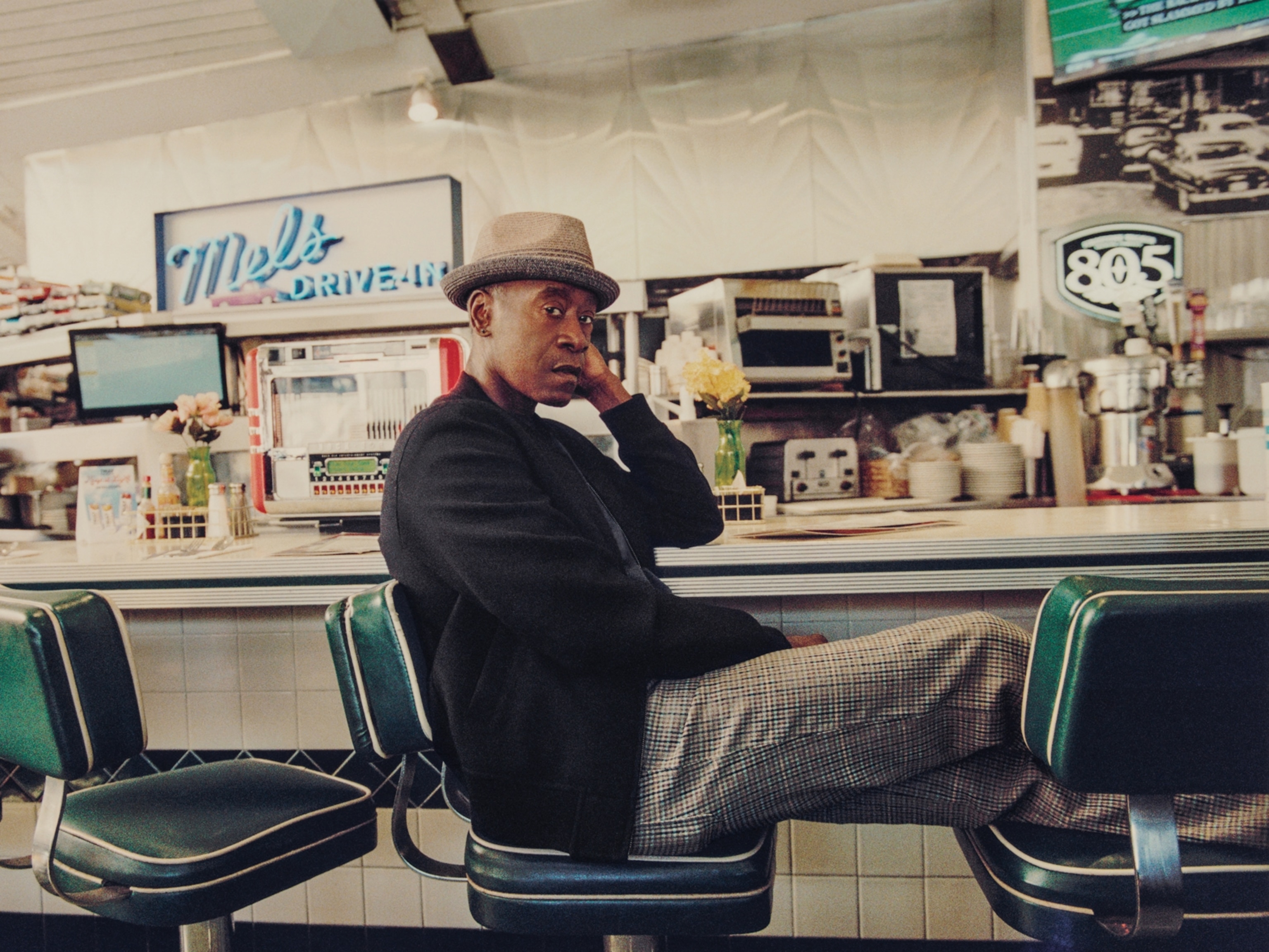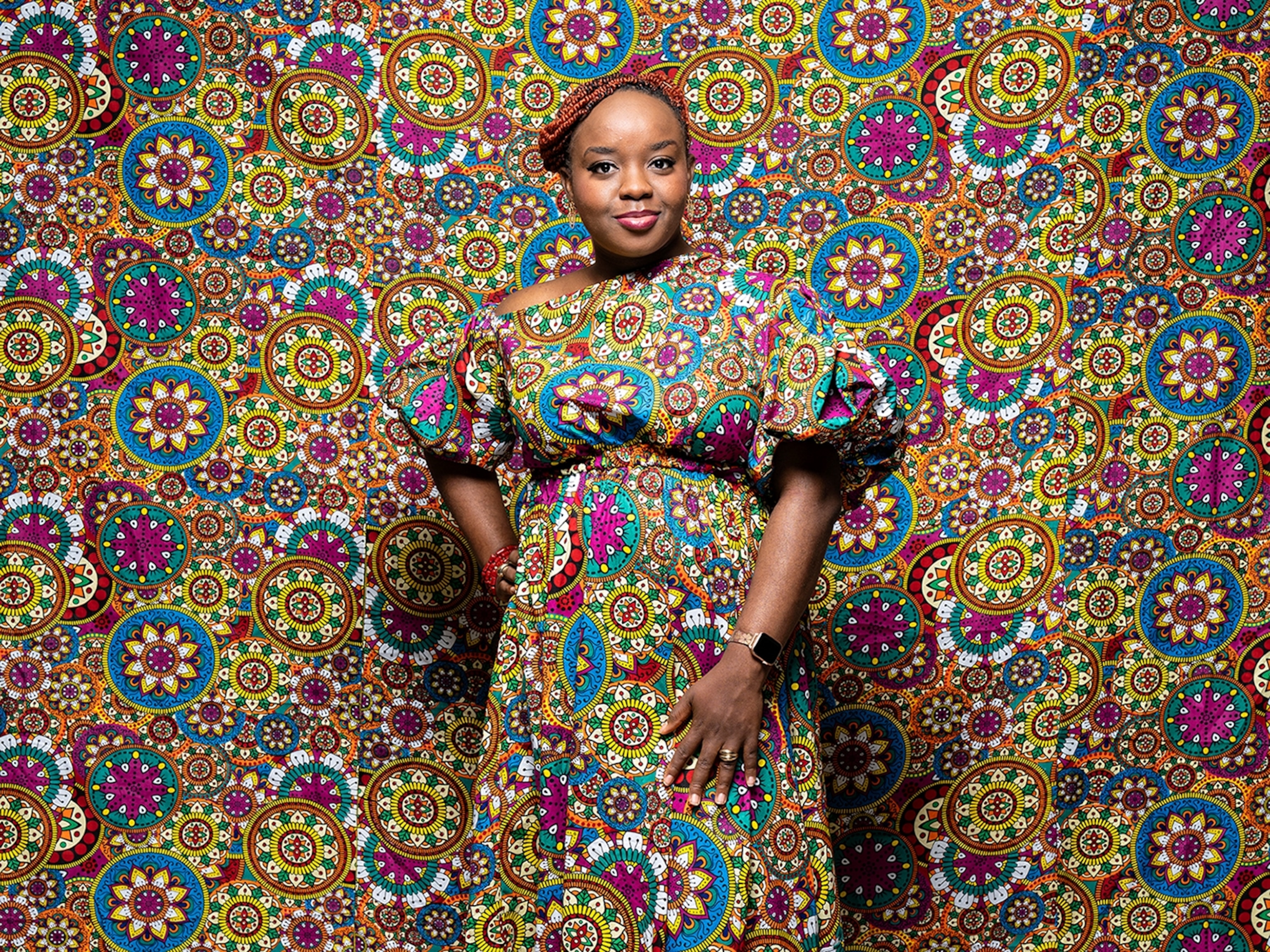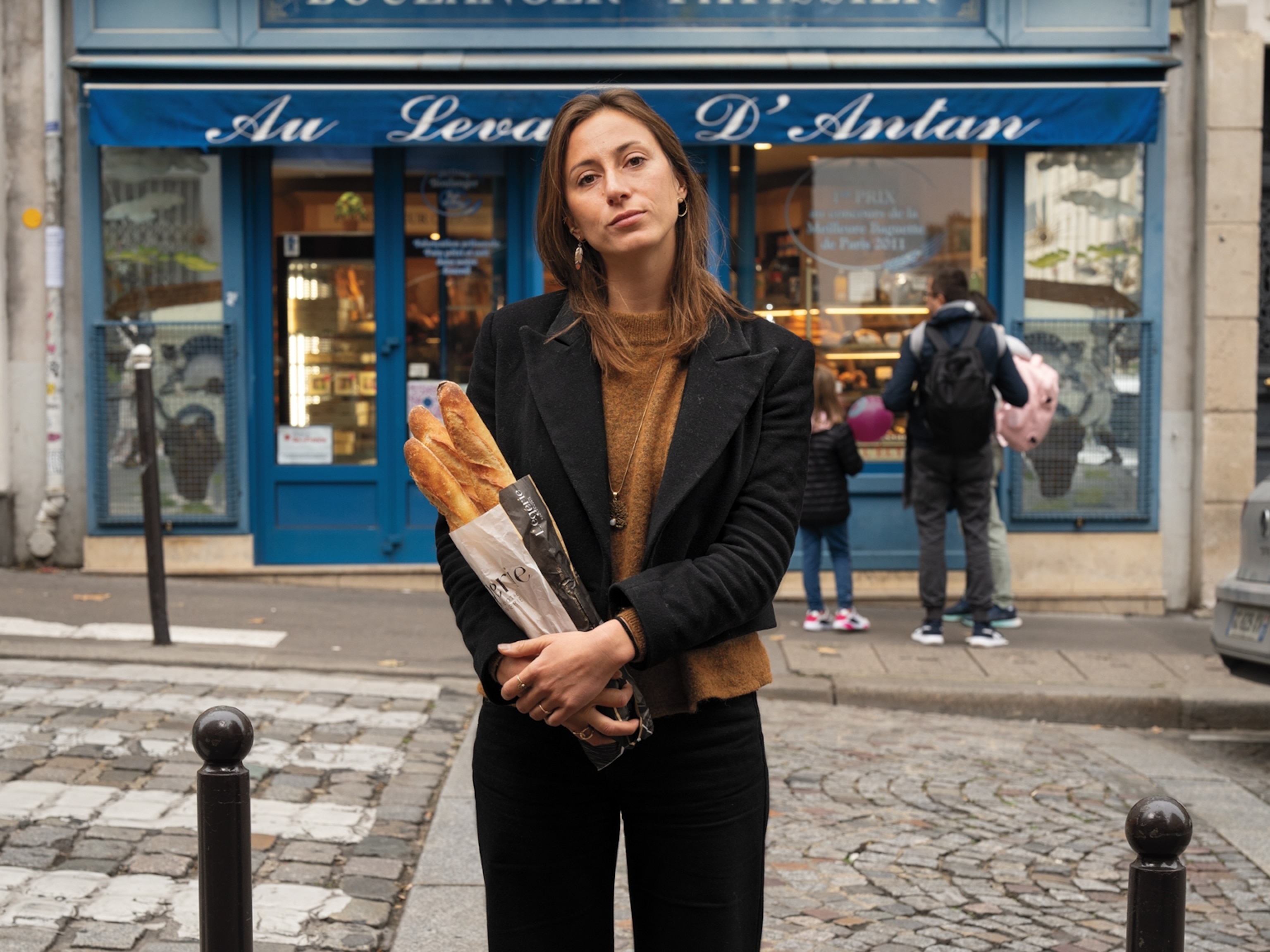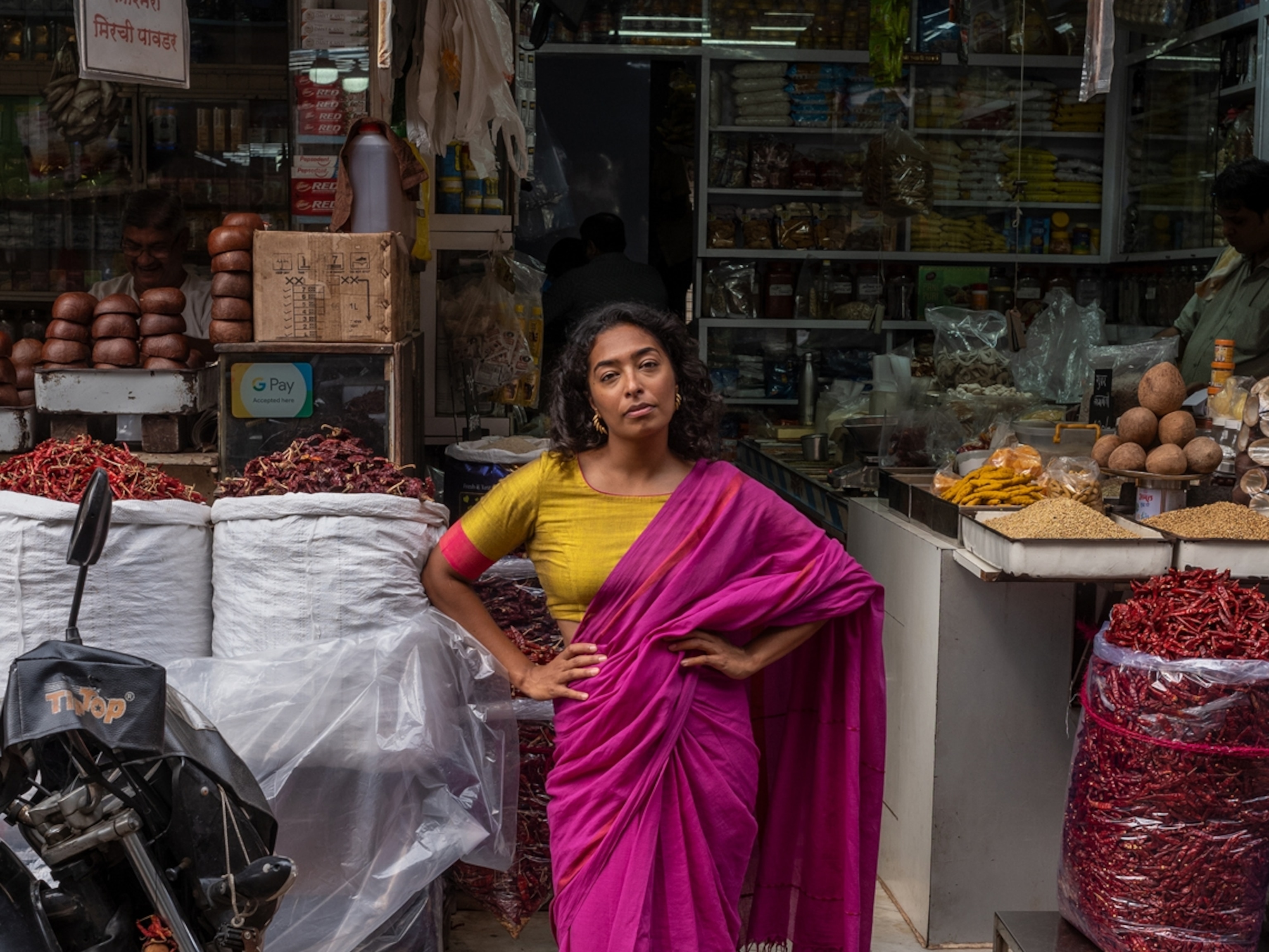Meet the women working to bring Freetown back from the brink of climate emergency
The city’s mayor, Yvonne Aki-Sawyerr, and its first chief heat officer, Eugenia Kargbo, have teamed up to protect citizens from extreme heat and replenish Sierra Leone’s tropical rainforests.
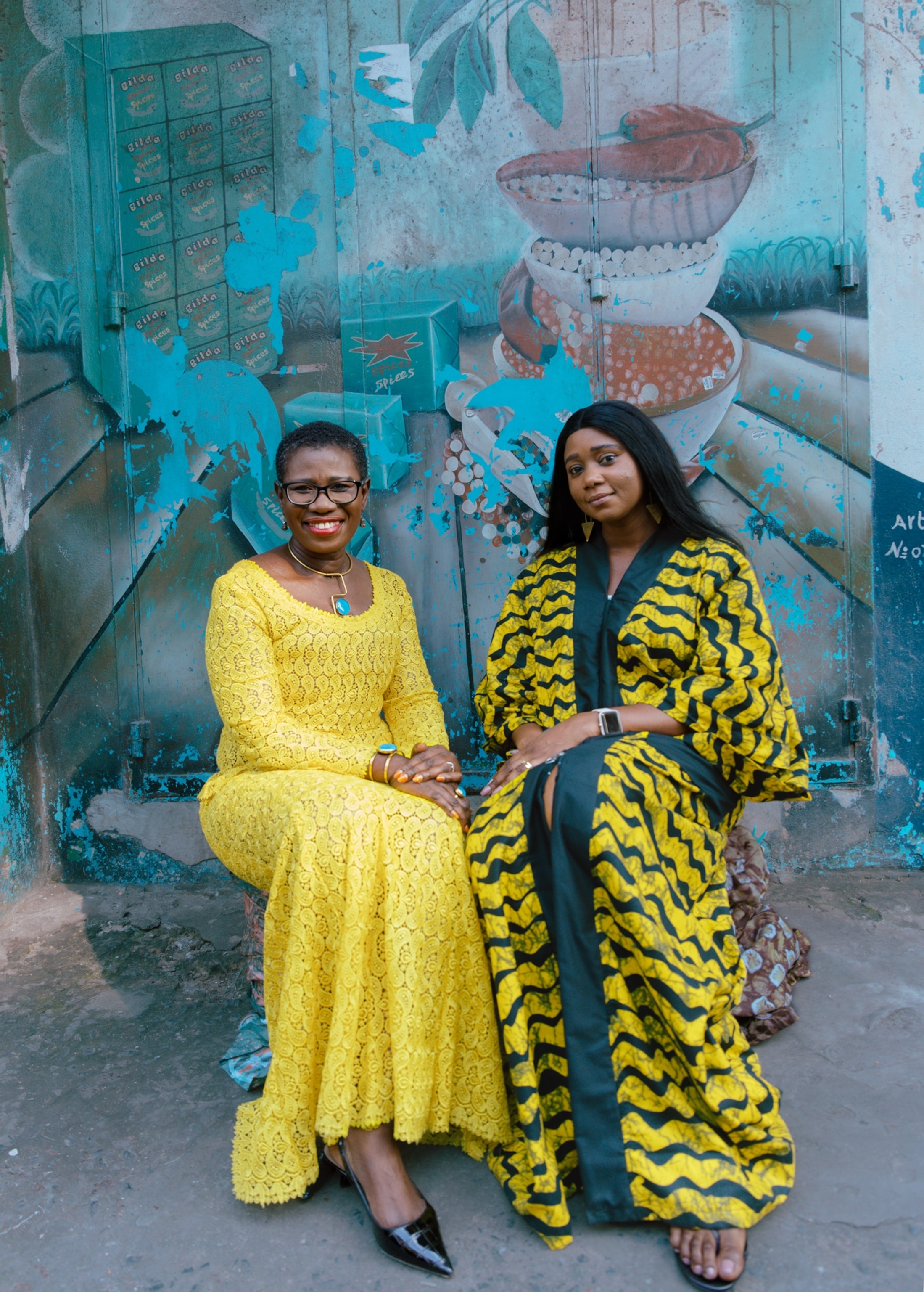
A decade ago, just as Sierra Leone’s Ebola epidemic was ending, Yvonne Aki-Sawyerr saw the effects of another catastrophe: The tropical rainforests encircling the country’s capital, Freetown, had been cut down for housing and fuel. “I just suddenly noticed the level of deforestation,” she says. “I literally parked my car and wept.”
Her concerns were well founded. The deforestation stripped much of the area’s natural drainage system, and two years later, in 2017, torrential rains made worse by climate change caused a mudslide that tore through the outskirts of Freetown, killing more than a thousand people. That tragedy, coupled with rising temperatures that regularly exceeded 100 degrees Fahrenheit, offered irrefutable evidence of the growing climate crisis. Aki-Sawyerr had already decided to run for mayor, and in May 2018 she was sworn into office.
She soon realized what a daunting mission she’d undertaken. One of the most climate-vulnerable countries in the world, Sierra Leone is also one of the poorest, severely restricting its ability to adapt to a crisis primarily caused by wealthy nations burning fossil fuels. But if that sounds bleak, Aki-Sawyerr, who campaigned against the blood diamond trade and co-founded a charity that helped women and children displaced by the country’s civil war, offers another way of thinking: “Things that aren’t right don’t need to stay that way,” she says.
Born in Freetown, she had a career in finance and property development in London but returned to direct a national response to the Ebola outbreak. As mayor, one of her most important initiatives was appointing Africa’s first chief heat officer, Eugenia Kargbo, to help Freetown’s citizens adapt to increasingly extreme temperatures. In the role, Kargbo has built canopies to shade women selling goods at the city’s open-air markets; she is also experimenting with heat-resistant materials to protect those residing in shelters made from corrugated metal. “Many of the people living in these communities suffer from both outdoor and indoor heat,” Kargbo says. “There’s so much more to do, but one of the major problems that we have is funding.”
Despite those challenges, city leaders have made progress replenishing the forests that were once lost. Over the past five years, the community has planted more than 1.2 million trees, 82 percent of which have survived, for a project known as Freetown the Tree Town. The foliage offers more than shade to elders and roots to safeguard neighborhoods from mudslides.
Aki-Sawyerr recalls a ritual that was once common in her country: A newborn’s umbilical cord was buried with a freshly planted tree, symbolically tying each person to the land. She believes in the power of customs that connect us to our world. And she’s hoping future generations can rediscover them. “There’s so many traditions that we have around trees that are lost,” she says. “Just bringing that tradition back is something very powerful.”


